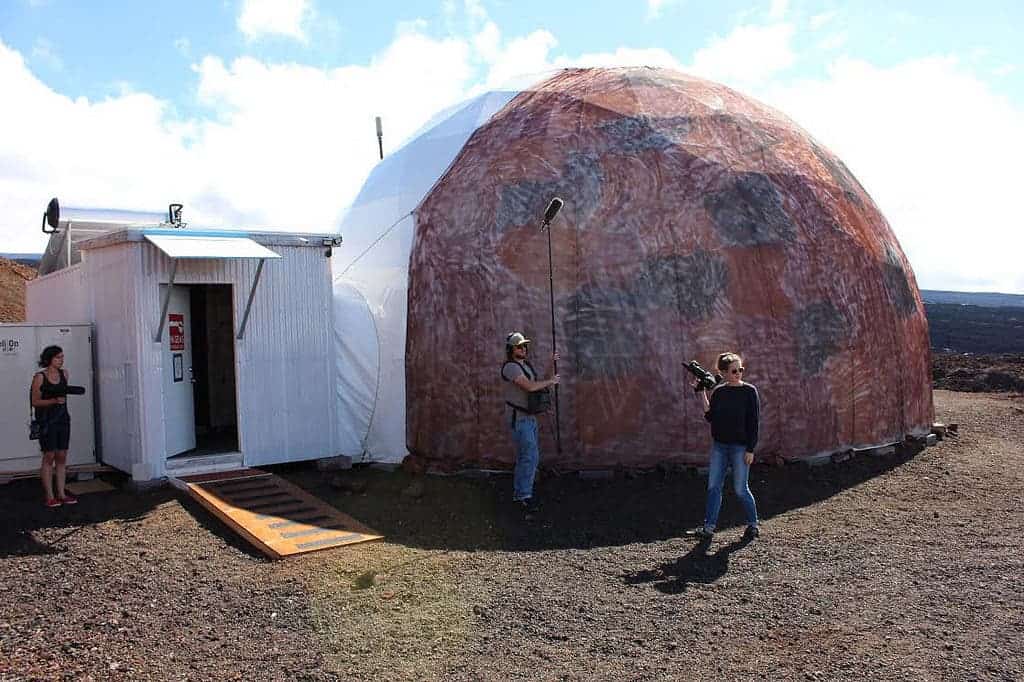NASA’s year-long Mars simulation experiment has concluded today as six scientists emerged after spending 365 days in a geodesic dome set in a Mars-like environment 8,200 feet (2,500 meters) above sea level, on the slopes of the Mauna Loa volcano in Hawaii.

Exactly one year ago an astrobiologist, a physicist, a pilot, an architect, a journalist, and a soil scientist signed on to one of the longest experiments of this type. The mission was designed to test crew cohesion and performance in isolation, a key component of any long-term space mission.
Before any ground mission on Mars can actually start, the potential pioneers will have to undertake a 6-month long journey. That’s half a year you spend in a cramped-up space with several people before any actual work begins and as you can imagine, that can be very difficult psychologically. Inter-human relationships in this environment are something which needs to be carefully planned and understood before any such endeavor is undertaken, and this is exactly what this kind of experiment is supposed to do.
NASA teamed up with the University of Hawaii (UH) to set up a claustrophobic, geodesic dome, more than 2 km above sea level. The NASA-funded project is called HI-SEAS (Hawaii Space Exploration Analog and Simulation), and it tested the effects of isolation on crewmembers.
The participants involved truly were isolated. For one year, they lived just as if they were on Mars. They would only communicate to the outside world via email, and all communications were delayed by 20 minutes to mimic the communication lag between Earth and Mars. They chose the slopes of the Mauna Loa volcano because it is red and barren, similar in a way to the Martian environment.
“The UH research going on up here is just super vital when it comes to picking crews, figuring out how people are going to actually work on different kinds of missions, and sort of the human factors element of space travel, colonization, whatever it is you are actually looking at,” Tristan Bassingthwaighte, who served as the crew’s architect, said in a statement.“We’re proud to be helping NASA reduce or remove the barriers to long-duration space exploration,” said University of Hawaii professor Kim Binsted, the project’s principle investigator.

Dealing with the mental aspects is just as important as dealing with the technological challenges of such a mission. A similar experiment has also been conducted by the European Space Agency, in Concordia, Antarctica, and in Moscow, where participants warned of sleep issues, as well as psychological problems. But the participants from Hawaii seem more optimistic.
“I think the technological and psychological obstacles can be overcome,” Cyprien Verseux said after emerging from the Hawaiian Mars.
A mission to Mars seems more likely than ever, and NASA is taking concrete steps towards this goal.
“I can give you my personal impression which is that a mission to Mars in the close future is realistic. I think the techonological and psychological obstacles can be overcome,” said Cyprien Verseux, a French HI-SEAS crewmember.






